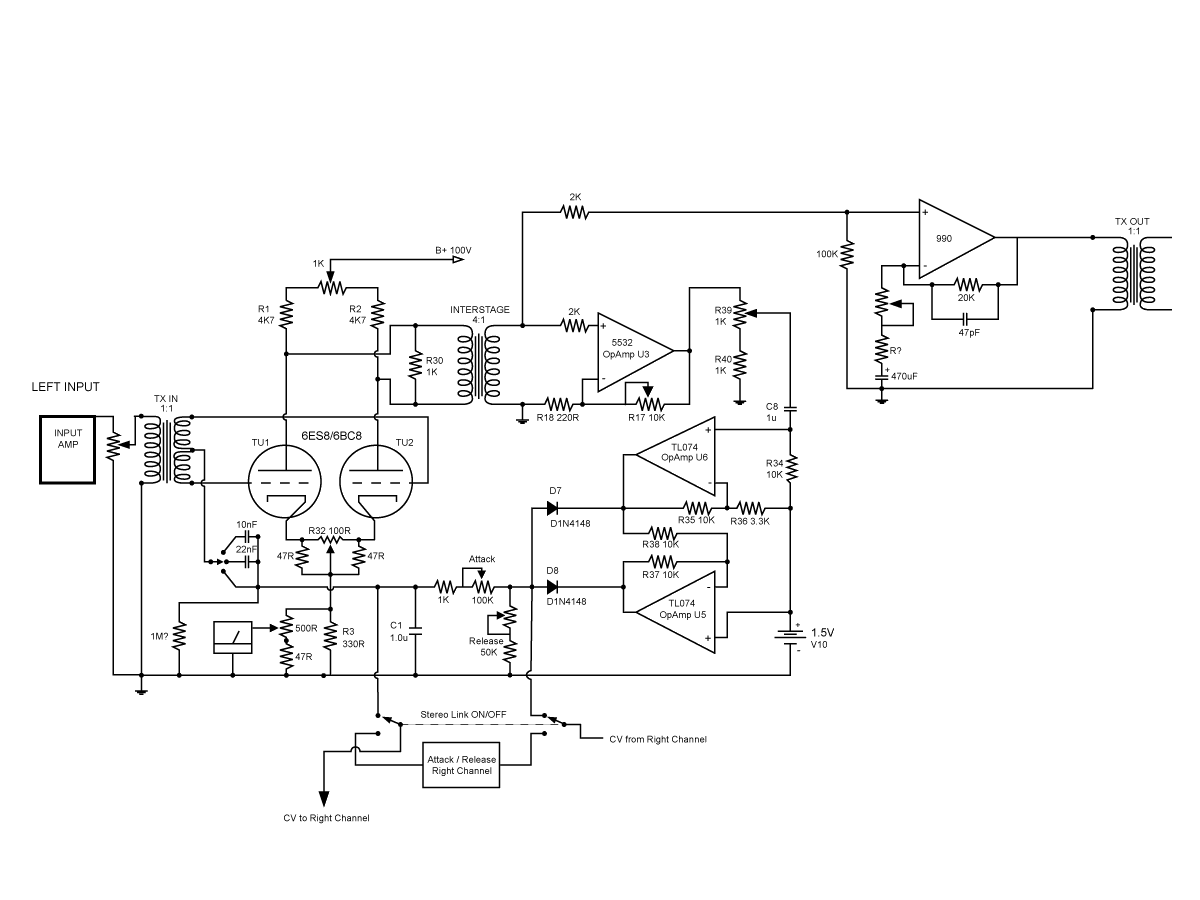Does anyone have the bluebird schemo's of his modded PRR VariMu?
I have a couple of guys looking at this schematic and we needed some help with the usages of the interstage/bridging transformer.
Without seeing the schematic, I'm only guessing about it. I can't really tell if guys are using the interstage transformer instead of an output tranny? Or if they are using it in conjunction with an output transformer as well??
I ordered a set of PCBs and they should be arriving in the near future.
The schematics were posted before but now they are gone. I would greatly appreciate any help with this. There is another help thread but one not focused on bluebird's (and others) usage of bridging transformers etc...
Any help on this??
Peace
Illumination
I have a couple of guys looking at this schematic and we needed some help with the usages of the interstage/bridging transformer.
Without seeing the schematic, I'm only guessing about it. I can't really tell if guys are using the interstage transformer instead of an output tranny? Or if they are using it in conjunction with an output transformer as well??
I ordered a set of PCBs and they should be arriving in the near future.
The schematics were posted before but now they are gone. I would greatly appreciate any help with this. There is another help thread but one not focused on bluebird's (and others) usage of bridging transformers etc...
Any help on this??
Peace
Illumination





![Soldering Iron Kit, 120W LED Digital Advanced Solder Iron Soldering Gun kit, 110V Welding Tools, Smart Temperature Control [356℉-932℉], Extra 5pcs Tips, Auto Sleep, Temp Calibration, Orange](https://m.media-amazon.com/images/I/51sFKu9SdeL._SL500_.jpg)





























